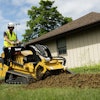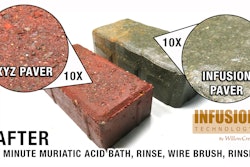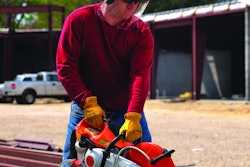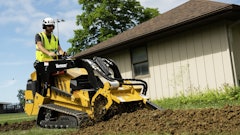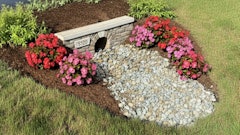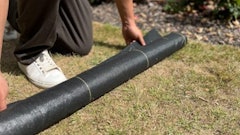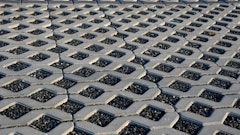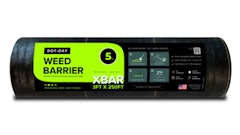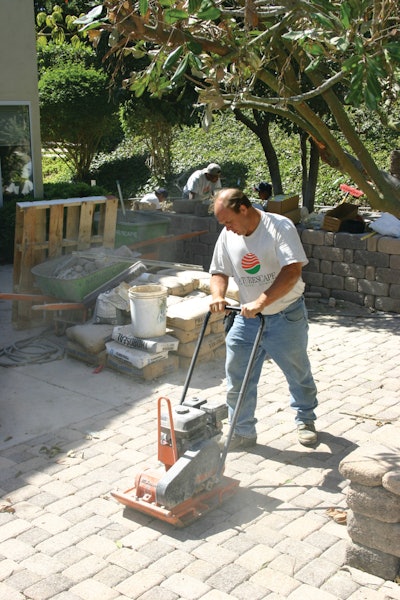
According to Charles "Chuck" Taylor, a commercial hardscapes expert for Belgard Hardscapes, some contractors don't spend enough time properly constructing a paver patio's base. "If you do this step right," Taylor reminds, "putting in the sand bed and installing the pavers themselves is so much easier."
Taylor offers the following tips to help you avoid many of the common mistakes contractors often make.
Excavate a big enough area to accommodate both the pavers and the edge restraint. That way, the edge restraint and pavers will be supported by the same aggregate material. A good rule of thumb is to excavate an extra 6 inches on each side.
Dig the hole deep enough; 7 to 9 inches for pedestrian traffic, 9 to 11 inches for vehicular traffic or around pools. This will give you the necessary room to build a strong foundation; 4 to 6 inches of gravel for pedestrian traffic, 6 to 8 inches of gravel for vehicular traffic or around pools.
Make sure you're creating a 2% pitch away from the house so water won't sit on the patio. If you want a flat surface, you should look into permeable pavers, which allow water to flow between the pavers and into the ground, offering the added environmental benefit of reducing stormwater runoff.
Gravel. Get the base (gravel) layer to a finished grade minus paver thickness and setting bed thickness that is plus or minus half an inch, so the gravel is basically a mirror image of the paver surface. Take your time and do a good job compacting it so it's smooth and straight. A 5,000-pound plate compactor should provide plenty of force. Some contractors try 2,500-pounders, but that's often not enough.
Sand. The next layer is the sand bed. Shoot for a 1- to 1.5-inch depth. Use a concrete sand, steering away from mason sand or stone dust which are both too fine. Use a 2x4 to level the sand.
Pavers. Then, starting in a 90° corner, begin laying pavers from the outside-in so you're not messing up the leveled sand layer. Leave roughly an eighth of an inch between pavers.
Finishing up. Once you're finished installing the pavers, use that same 5,000-pound compacter. If you're using a paver with a slate finish, be sure to use some kind of protective layer on the compactor. "I've seen everything," Taylor relates. "I've seen contractors use plywood, carpet, even mud flaps."
Finally, once the job is complete, don't forget to hose off the patio and clean up your jobsite. Then the client can enjoy his or her new space which you've helped create.



